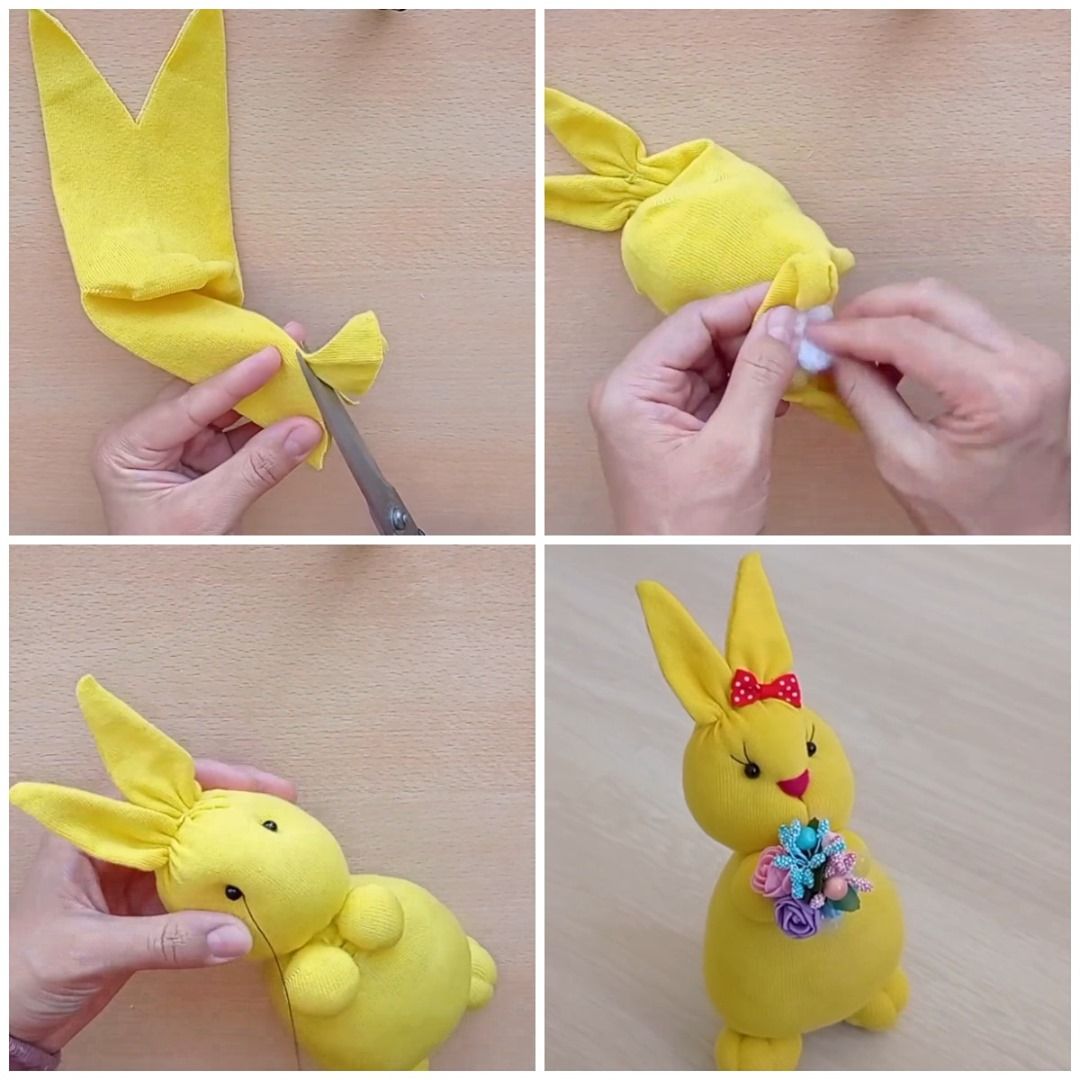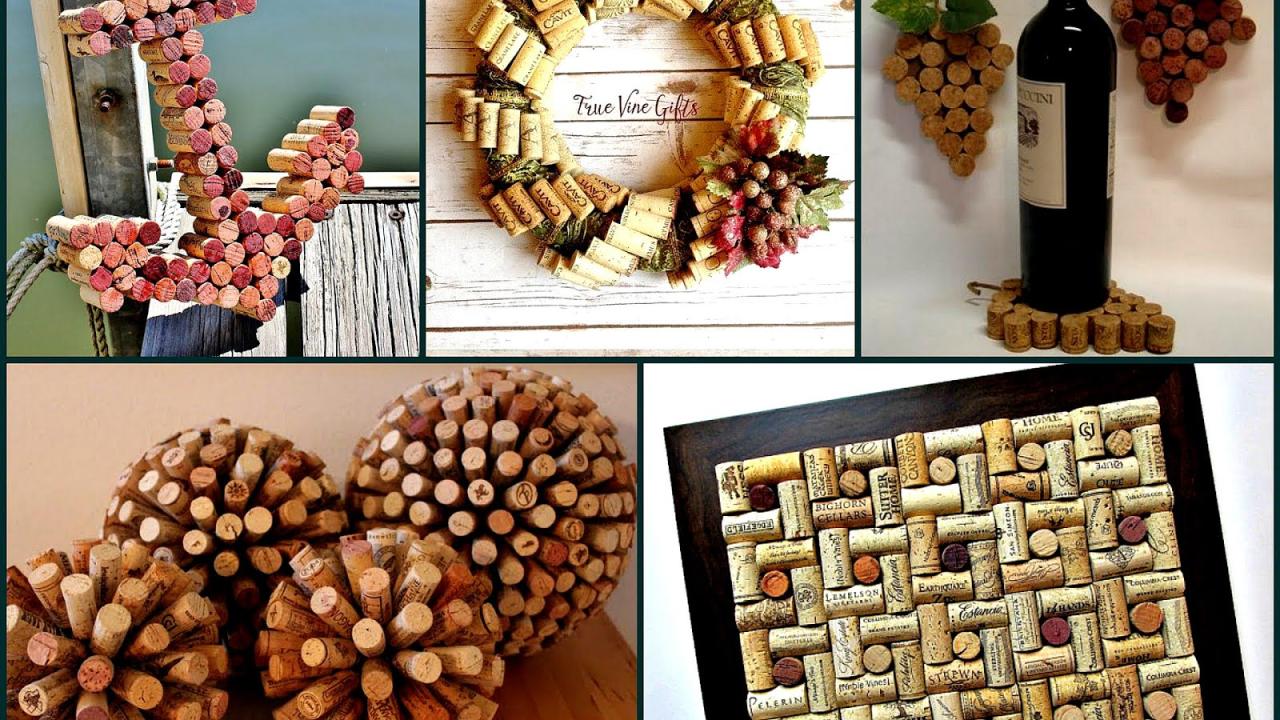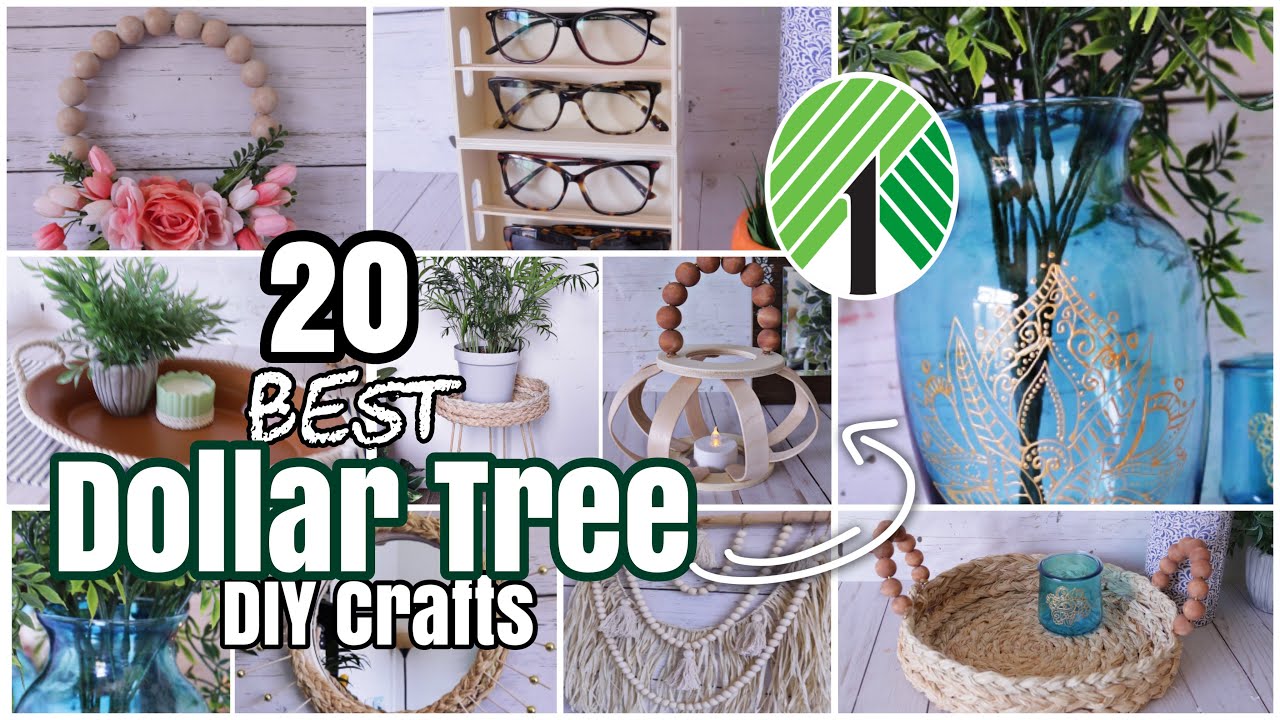DIY shoes, a trend gaining momentum, allows you to express your creativity and style by crafting personalized footwear. From simple modifications to intricate designs, the world of DIY shoemaking offers a canvas for your imagination, enabling you to create shoes that perfectly reflect your unique taste and personality.
This journey into DIY shoemaking will guide you through every step, from choosing the right materials and tools to mastering construction techniques and adding personal touches. Whether you’re a seasoned crafter or a curious beginner, this guide provides the knowledge and inspiration to embark on your own shoemaking adventure.
Introduction to DIY Shoes
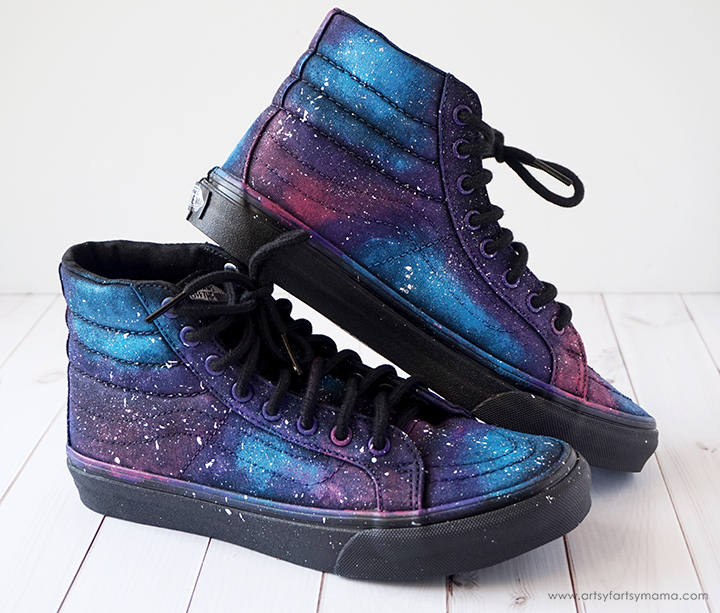
Creating your own footwear has become increasingly popular in recent years, driven by a desire for unique style, sustainability, and a sense of personal accomplishment. The DIY shoemaking movement empowers individuals to express their creativity and design shoes that perfectly fit their needs and preferences.
Benefits of DIY Shoemaking
The benefits of crafting your own shoes extend beyond just having a unique pair of footwear. It allows you to express your individual style, control the materials used, and customize every detail to your liking. You can choose sustainable materials, reduce waste, and support ethical production practices. Moreover, the process itself is therapeutic and rewarding, offering a sense of accomplishment and satisfaction.
Examples of DIY Shoe Projects
The world of DIY shoemaking offers a wide range of projects, catering to different skill levels and interests. From simple modifications to complex custom designs, there’s a project for everyone.
- Simple Modifications: Adding embellishments, changing laces, or painting existing shoes can transform a basic pair into a statement piece. These projects are ideal for beginners and require minimal tools and materials.
- Custom Sneakers: Designing and crafting your own sneakers allows for maximum personalization. You can choose the fabric, color, and design elements, creating a unique and stylish pair that reflects your personality.
- Upcycled Footwear: Repurposing old shoes or clothing into new footwear is an eco-friendly and creative approach to DIY shoemaking. This involves techniques like stitching, cutting, and gluing to create entirely new designs.
- Leatherworking: Crafting shoes from leather requires specialized skills and tools. This process involves pattern cutting, stitching, and shaping leather to create durable and elegant footwear.
Construction Techniques
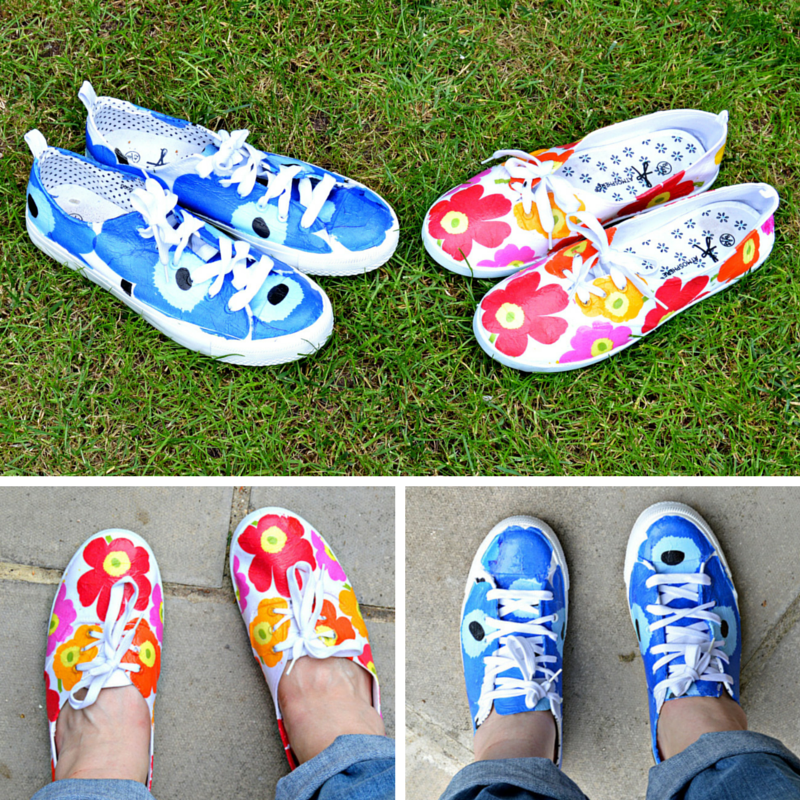
Building a shoe is a meticulous process that requires precision and skill. From cutting the leather to stitching the uppers, each step plays a crucial role in creating a durable and aesthetically pleasing footwear.
Assembling the Shoe
Assembling a shoe involves multiple steps, each contributing to the final form and function. The process typically begins with cutting and shaping the leather pieces for the upper, insole, and outsole.
- Cutting and Shaping: The leather is cut according to a pattern, taking into account the shoe’s design and size. This involves using specialized tools like a pattern knife, rotary cutter, or die-cutting machine.
- Stitching the Upper: The upper is assembled by stitching together the different pieces, such as the vamp, quarter, and tongue. This involves using a sewing machine or hand-stitching techniques.
- Attaching the Outsole: The outsole is attached to the upper using various methods, including cementing, stitching, or a combination of both.
- Finishing Touches: The final steps include shaping the shoe, adding decorative elements, and polishing the leather.
Stitching Techniques
Stitching is an integral part of shoe construction, providing strength and durability to the shoe. Different stitching techniques are used to attach the upper to the sole and to create decorative details.
- Welt Stitch: This is a traditional technique that involves stitching a strip of leather (the welt) around the upper and then attaching the outsole to the welt. This creates a durable and water-resistant seam.
- Blake Stitch: This method involves stitching the upper directly to the insole and then attaching the outsole to the insole. It results in a lightweight and flexible shoe.
- Goodyear Welt Stitch: Similar to the welt stitch, but the insole is attached to the welt, creating a double layer of stitching. This technique is known for its durability and water resistance.
- Strobel Stitch: This method involves stitching the upper directly to the insole, creating a lightweight and flexible shoe.
Shaping and Finishing Techniques
Shaping and finishing techniques are essential for achieving the desired form and appearance of the shoe.
- Lasting: This process involves stretching and shaping the upper over a wooden form (the last) to achieve the desired shape.
- Heeling: The heel is attached to the shoe using various techniques, such as cementing or stitching.
- Polishing: The leather is polished to enhance its appearance and protect it from water and stains.
Safety Precautions
DIY shoemaking involves working with sharp tools and potentially hazardous materials, so it’s crucial to prioritize safety throughout the process. Taking the necessary precautions can help prevent accidents and ensure a safe and enjoyable crafting experience.
Working with Sharp Tools
Sharp tools are essential for cutting, shaping, and assembling shoe components. It’s important to handle them with care and follow proper safety guidelines.
- Always use a cutting mat or a stable work surface to prevent slipping and accidental cuts.
- Keep your fingers away from the blade path while cutting and use a ruler or guide to ensure straight and accurate cuts.
- Store sharp tools in a designated area, out of reach of children and pets, to prevent accidental injuries.
- Regularly inspect tools for damage or dullness and replace them when necessary.
Handling Hazardous Materials, Diy shoes
Shoemaking often involves working with adhesives, solvents, and other potentially hazardous materials. It’s essential to handle these substances responsibly and follow safety instructions provided by the manufacturer.
- Always wear appropriate personal protective equipment (PPE), such as gloves, eye protection, and a respirator, when handling hazardous materials.
- Work in a well-ventilated area to prevent inhaling fumes or vapors.
- Store hazardous materials in their original containers, labeled clearly, and out of reach of children and pets.
- Never mix chemicals without proper knowledge and guidance.
- Dispose of hazardous materials properly according to local regulations.
Wearing Appropriate Safety Gear
Wearing appropriate safety gear is crucial for protecting yourself from potential hazards during DIY shoemaking.
- Wear close-fitting clothing that won’t get caught in machinery or tools.
- Avoid wearing loose jewelry or accessories that could pose a safety risk.
- Always wear safety glasses or goggles to protect your eyes from flying debris or chemicals.
- Consider wearing a dust mask or respirator to protect your lungs from dust and fumes.
- Use work gloves to protect your hands from cuts, abrasions, and chemicals.
Sustainable Shoemaking
The shoe industry has a significant environmental impact, contributing to pollution, resource depletion, and climate change. By embracing sustainable practices in DIY shoemaking, you can minimize your footprint and create footwear that aligns with your values.
Sustainable Materials
Sustainable materials are crucial for reducing the environmental impact of shoemaking. They come from renewable sources, are biodegradable, or have been recycled.
- Plant-Based Materials: Leather alternatives like vegan leather, cork, and hemp are durable and eco-friendly. They are derived from renewable resources and have a lower carbon footprint than traditional leather.
- Recycled Materials: Recycled plastic, rubber, and textiles can be used to create innovative and sustainable shoe components.
- Bio-based Materials: Materials like bioplastics and bio-based foams are derived from renewable sources and are biodegradable. They offer an alternative to traditional petroleum-based materials.
Sustainable Practices
Sustainable practices extend beyond materials to encompass the entire shoemaking process.
- Reduce Waste: Minimize waste by using efficient cutting techniques, repurposing scraps, and choosing materials that are easily recyclable.
- Minimize Energy Consumption: Opt for energy-efficient tools and techniques, such as solar-powered sewing machines or using natural light for workshops.
- Local Sourcing: Source materials locally to reduce transportation emissions and support local businesses.
- Fair Labor Practices: Ensure fair wages and safe working conditions for all involved in the shoemaking process.
Tips for Minimizing Waste
- Use Templates Efficiently: Plan your cuts carefully to minimize material waste. Consider using software for pattern design to optimize material usage.
- Repurpose Scraps: Turn leftover scraps into smaller items like shoe laces, patches, or decorative elements.
- Choose Recyclable Materials: Opt for materials that can be easily recycled at the end of the shoe’s life.
Final Wrap-Up
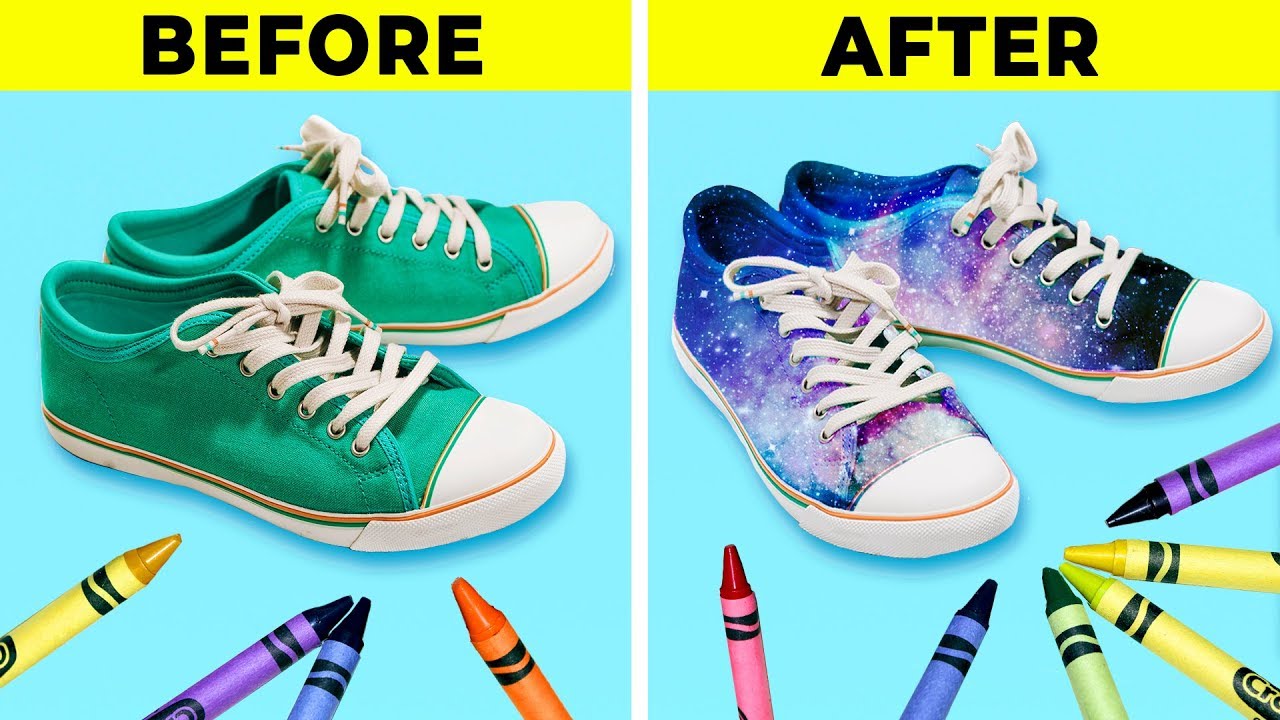
With the right tools, materials, and a dash of creativity, DIY shoemaking empowers you to design and create footwear that reflects your individuality. From the initial design to the final touches, every step of the process offers an opportunity to express your unique style. As you embark on this rewarding journey, remember to embrace the learning process, experiment with different techniques, and most importantly, have fun!
DIY shoes are a fun and rewarding project that can let you express your personal style. Whether you’re customizing a pair of sneakers or crafting a unique pair from scratch, there’s a wealth of resources available to help you along the way.
For inspiration and guidance on other creative projects, check out this website for diy projects for adults , where you’ll find a variety of ideas to spark your imagination. Once you’ve honed your skills on other projects, you’ll be ready to tackle any shoe-making challenge.

